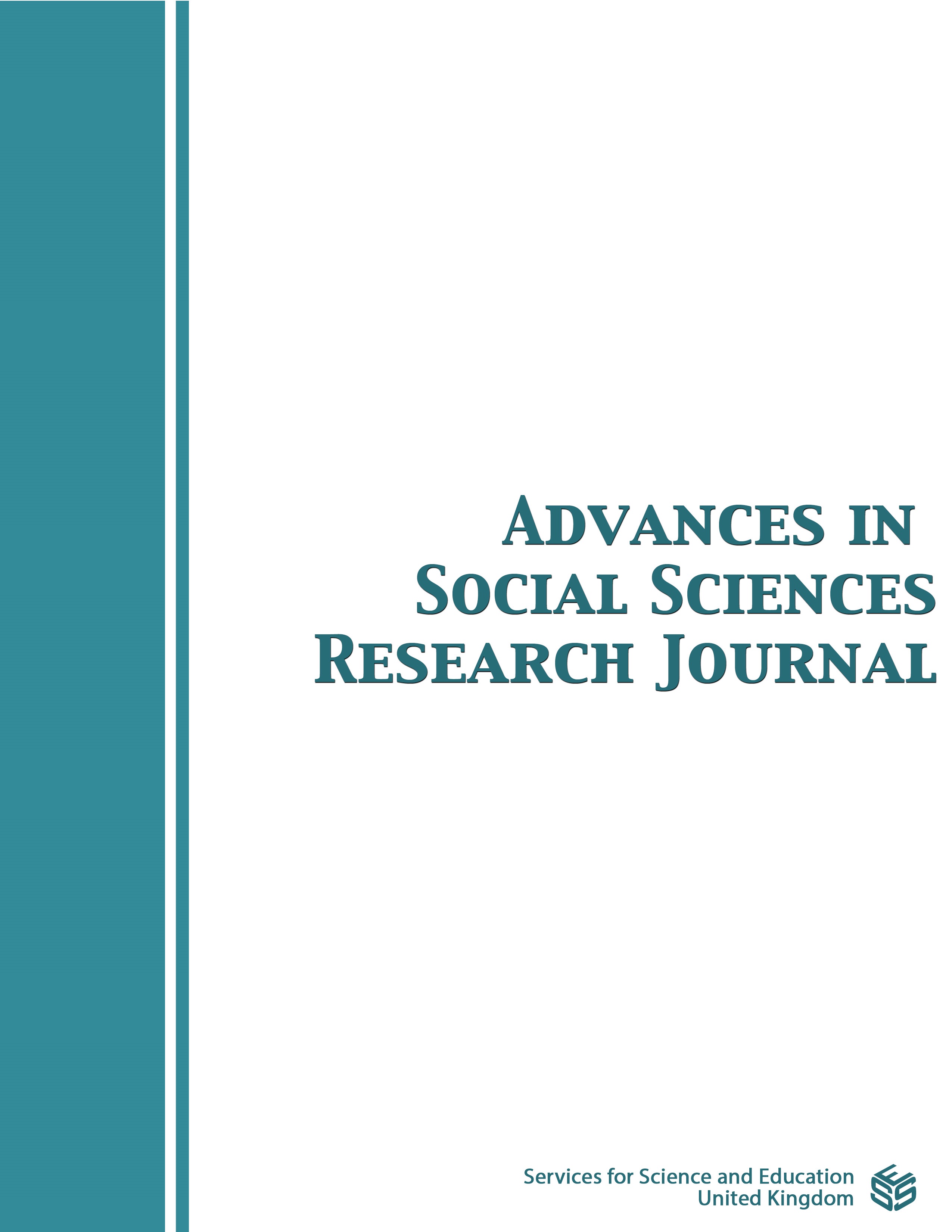The Idea of Geospatial-Gender-Based Data Infrastructure for Protecting Women Living in Post Covid-19 Created Global Village
DOI:
https://doi.org/10.14738/assrj.910.13232Keywords:
Keywords: Women, Global Village, Gender Disaggregated data, Covid -19 Pandemic, Vulnerabilities, Women Empowering Geospatial FrameworkAbstract
Abstract. The COVID-19 pandemic has altered the lived realities of people across the globe. Though science has made a breakthrough with a vaccine, the virus has already taken the lives of lakhs of people, rendered millions jobless, and taken an emotional toll on the billions world over. Geovisualization with the gendered lens made a world look like a global village with similar pains across regions, class, sexuality, race, and caste. This paper suggests a case for evolving Geospatial-gender-based data Infrastructure (GGBDI) for empowering women. This paper is not only about access to healthcare all over the world but about generating data for empowering women holistically. It also aims to find how gendered the various governments' responses, different institutions, organizations, and families had been. Suggested Geo-Spatial Informatics can assign application developers and users a framework to formulate a comprehensive model on integrating concerns around gender. Paper recognizes the need for putting 300 gender-disaggregated data in one place. The eight thematic GI layers of geospatial data include demography, health and women, economy and livelihood, women violence and safety, education and skill-based opportunities, indigenous communities and women, and gender mainstreaming and budgeting. For each layer and sub-sub layers, using various algorithms, separate GI indexes have been calculated too. Further, around COVID-designed polygons -clusters, buffers, containment zones, the story maps are created with Arc GIS software with the potential of replication. Designed Geospatial informatics aims to be used by planners, policymakers, field functionaries, academicians, and civil societies to collectively and help mainstream gender concerns across policy plans and programs.
References
Chinese Center for Disease Control and Prevention (CCDC). The Epidemiological Characteristics of an Outbreak of 2019 Novel Coronavirus Diseases (COVID-19)–China. 2020. http://weekly.chinacdc.cn/en/article/id/e53946e2-c6c4-41e9-9a9b-fea8db1a8f5117 Feb 2020.
Ducharme, J. “World Health Organization Declares COVID-19 a 'Pandemic.' Here's What That Means,” https://time.com/5791661/who-coronavirus-pandemic-declaration/, last accessed 2020/11/27
Esri’s StoryMaps team. Mapping the Wuhan coronavirus outbreak. https://storymaps.arcgis.com/stories/4fdc0d03d3a34aa485de1fb0d2650ee0. Accessed 18 Feb 2020
Johns Hopkins. CSSE Coronavirus COVID-19 Global Cases (dashboard). https://gisanddata.maps.arcgis.com/apps/opsdashboard/index.html#/bda7594740fd40299423467b48e9ecf6
Kamel Boulos MN. Descriptive review of geographic mapping of severe acute respiratory syndrome (SARS) on the internet. Int J Health Geogr. 2004;3(1):2. https://doi.org/10.1186/1476-072X-3-2
Kamel Boulos MN (Collection Editor). Web GIS in practice–IJHG Article collection (2004–2011). https://www.biomedcentral.com/collections/1476-072X-Gis
Kamel Boulos MN. Chapter 49: Principles and techniques of interactive Web cartography and Internet GIS. In: M Madden, Editor. Manual of Geographic Information Systems. Bethesda, Maryland: ASPRS—American Society for Photogrammetry and Remote Sensing, 2009, p. 935–974 (ISBN: 1-57083-086-X)
Koch T. Plague: Bari, Naples 1690–1692. In: Koch T, editor. Cartographies of disease: maps, mapping and medicine. Redlands: Esri Press; 2005. p. 19–24.
Lyseen AK, Nøhr C, Sørensen EM, Gudes O, Geraghty EM, Shaw NT, Bivona-Tellez C, IMIA Health GIS Working Group. A review and framework for categorizing current research and development in health related geographical information systems (GIS) studies. Yearb Med Inform. 2014;23(01):110–24. https://doi.org/10.15265/IY-2014-0008
Ministry of Women and Child Development, "Gender Budgeting. " , https://wcd.nic.in/gender-budgeting, last accessed 2020/05/03
Parihar, S.M. and Bannerjee, T. (2022), Women Empowerment Atlas of India: Science and Technology Perspective, pp. 30-40.
Radhakrishnan, V. , Sen, S., Singaravelu, N., https://www.thehindu.com/data/data-domestic-violence-complaints-at-a-10-year-high-during-covid-19-lockdown/article31885001.ece, last accessed 2020/11/26
Rajagopalan, S., https://indianexpress.com/article/opinion/columns/the -invisible-pandemic/7064335/, last accessed 2020/11/25
Reality Check team. Coronavirus: How a misleading map went global. BBC News, 19 February 2020. https://www.bbc.co.uk/news/world-51504512. Accessed 19 Feb 2020
Ria, Das., “https://www.shethepeople.tv/news/12-year-old-migrant-girl-dies-walking-reach-chhattisgar. Last accessed 2020/11/27
Stories Asia, “Why COVID-19 Must Not Constrain Access to Abortion in India” (thediplomat.com, June 24, 2020) https://thediplomat.com/2020/06/why-covid-19-must-not-constrain-access-to-abortion-in-india/, last accessed 2020/11/20
UNICEF, “Gender Equality”, https://www.unicef.org/rosa/what-we-do/gender-equality. last accessed. 2020/05/03
Viswanath, K., https://thewire.in/labour/covid-19-lockdown-domestic-workers, last accessed 2020/11/26
Downloads
Published
How to Cite
Issue
Section
License
Copyright (c) 2022 Seema Mehra Parihar, Tapati Bannerjee, S. Sonkar, M. B. Ali

This work is licensed under a Creative Commons Attribution 4.0 International License.
Authors wishing to include figures, tables, or text passages that have already been published elsewhere are required to obtain permission from the copyright owner(s) for both the print and online format and to include evidence that such permission has been granted when submitting their papers. Any material received without such evidence will be assumed to originate from the authors.






